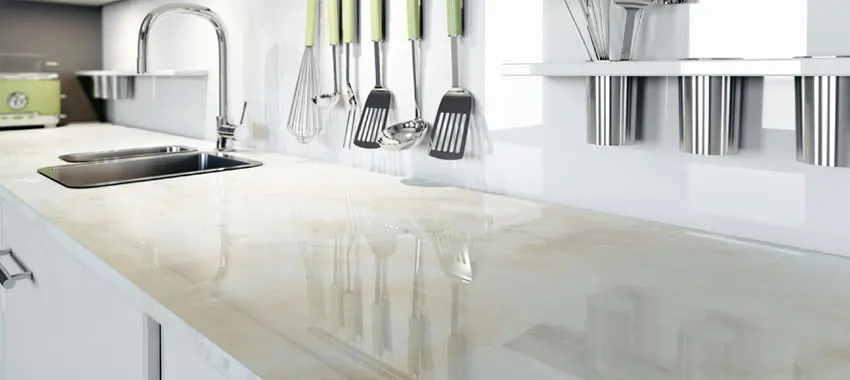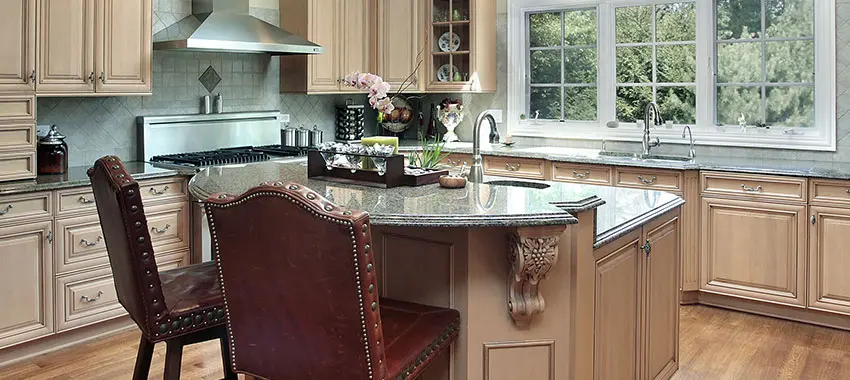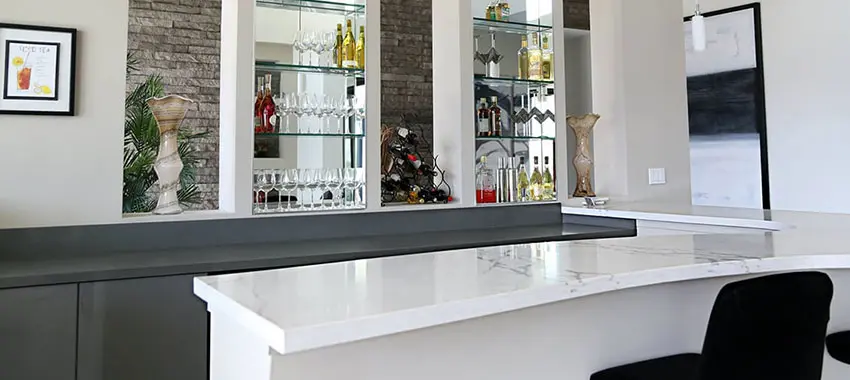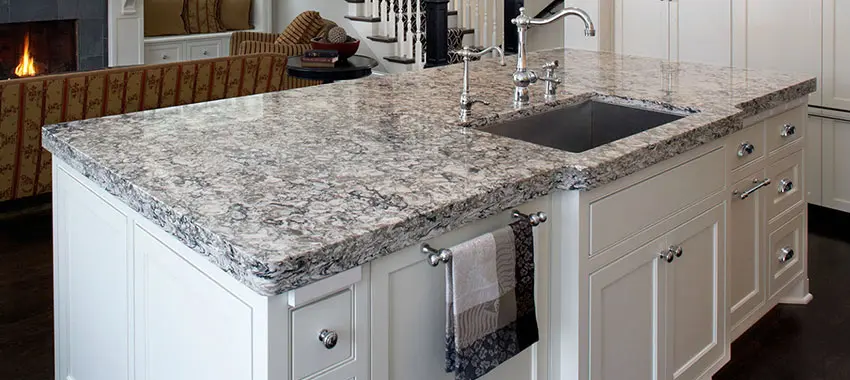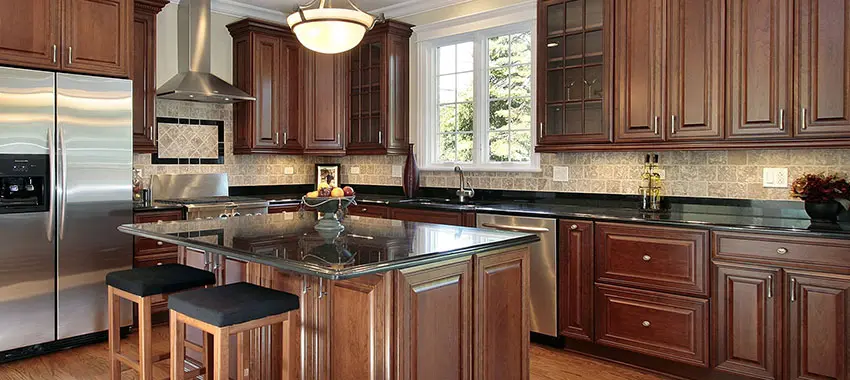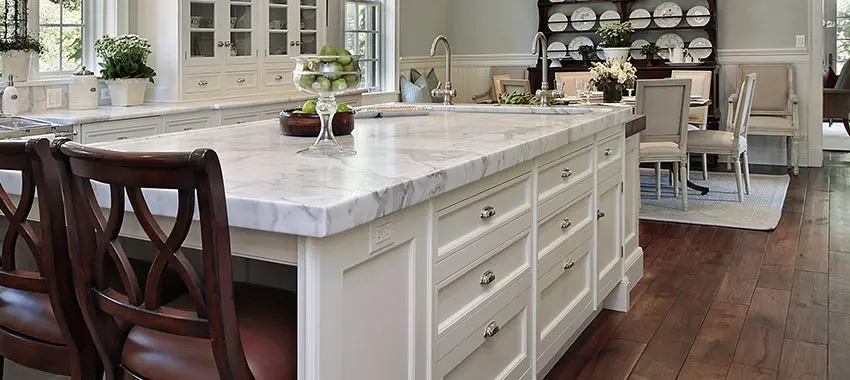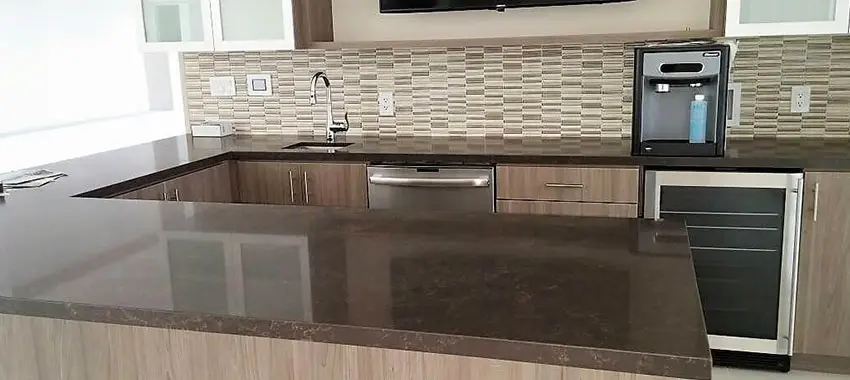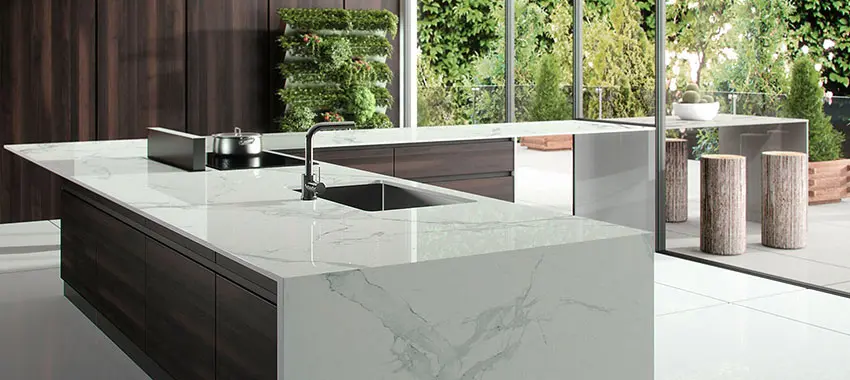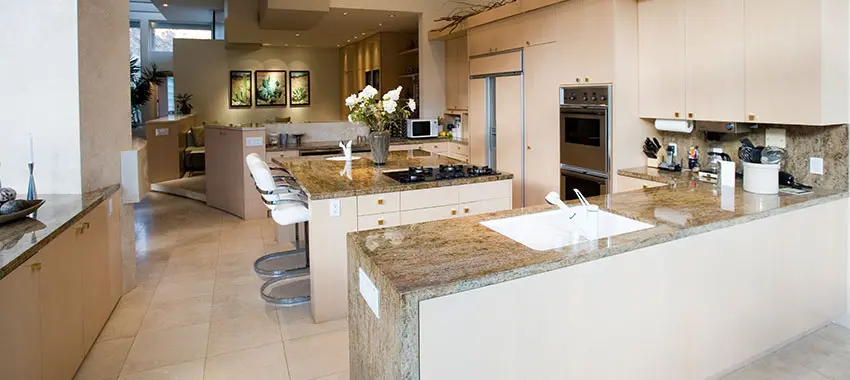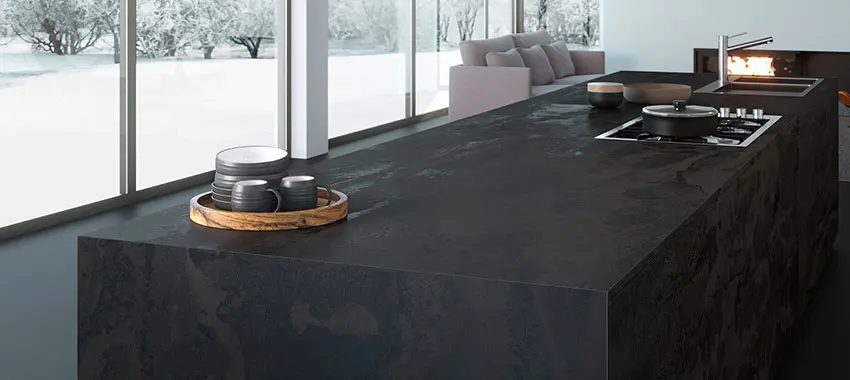Apr
Dos And Don’ts Of Choosing Granite Countertops
- 2025
- FlintStoneTops
There are dozens of countertop materials out there. Some are natural stones, while some are man-made like quartz. If you want natural stones and have your eyes set on granite countertops, then remember to follow these dos and don’ts of granite countertop selection.
What To Do And Not To Do When Selecting Granite Countertops?
Do Keep Budget In Mind
One of the most important things to do before choosing any countertop material really, is to look at your budget. When you’re looking at countertop materials, there are tons of options to choose from. However, they also vary a lot in price. This is why you want a countertop material that fits your budget. But, how do you make a budget?
Well, it’s relatively simple since you can find out most of the prices of countertop materials online, and then you can allocate a set amount of money toward buying said material. This will not only make you choose options that you can afford, but it will also ensure that you don’t overspend on a material.
A lot of people tend to forget that buying a material isn’t just the only thing to worry about. You have to get it installed and maybe resize it according to your kitchen’s dimensions.
Don’t Forget About The Layout
The next thing you absolutely shouldn’t forget when it comes to choosing granite countertops is the layout of your counters. You might have the sink somewhere. You might have different-sized countertops and all of these things make up the unique layout of the kitchen.
If you don’t want the new countertops to mess up your layout, then you need to be careful when choosing prefabricated countertops because those are like puzzle pieces that are meant to fit in a specific place. So, when you’re trying to decide between getting custom granite slabs or pre-cut countertops, this is something to keep in mind.
Do Take Care Of Dimensions
The next thing that you want to keep in mind is the dimensions of the countertops when you’re choosing granite as your kitchen material. This is something that should go without saying, but you’ll be surprised at the fact that many people forget about the dimensions and they can either buy too big or too small countertops and then have them resized, which is doable, but tedious nonetheless.
So, if you want to save yourself from the trouble, then make sure that you’re taking the dimensions of the place where your new countertops will go and double and triple-check it, just in case. You don’t want to get these numbers wrong.
Don’t Ignore The Slab Thickness
The thickness of the granite slab is also very important to consider. It will determine the weight, the strength as well as the look of the side profile. There are varying thicknesses available in granite and you might think that getting the thickest slab possible is going to be a good decision but you know what they say: The bigger they are, the harder they fall.
However, that also doesn’t mean that you have to get paper-thin slabs. You want to choose something thick enough to be sturdy and strong, but manageable enough to get installed without the worry of it falling or damaging the cabinets just because it weighs too much.
Do Consider Edging
Countertop edges are also very important to go over and with granite, you have a ton of options. There isn’t just the simple edge but also the rounded edge, the bullnose edge, the tapered edge, and more. There are lots of edging design variations for granite countertops and you need to choose one that speaks to you.
Most edging designs are practical but some can be very difficult to deal with, so you want to look at a couple of designs and then make your decision.
Don’t Knock The Colors Till You Try Them
A lot of people love granite because it is available in lighter colors. Well, this is the very reason why a huge group of people tends to stay away from it. Light colors are just not their cup of tea. Well, you still might want to look at granite because it is a very aesthetic material.
Yes, it is light in color, but the way it looks similar to marble and the way it just compliments your kitchen is a thing that you don’t see in a lot of materials every day. They either overpower everything or they don’t look characteristic at all. Well, granite is the perfect balance of simplicity and magnificence. Moreover, their are darker granite colors as well for people who don’t like lighter tones.
Do Look At Samples
When you’re out buying granite countertops, one of the things you don’t want to forget is looking at the samples. Just like when you buy clothes and you check fabric samples, this is the same thing even though you’re looking at slabs for kitchen countertops.
Before saying yes to a material, you want to check the samples for the look, the feel, and the overall appearance of the material under different lights. This will give you an idea as to what the actual slab will look like.
Don’t Overlook Lighting
Speaking of light, you also want to keep the flow of light and the type of light coming into your kitchen in mind. Whether you have natural light, artificial light, overhead lights, hanging lights, or recessed lights, all of this will make a huge difference when it comes to how granite countertops look in the kitchen.
You might think that this is a bit too over the top, but once you see how the light reflects off the surface, you will want to keep this as a habit when selecting countertops for anywhere in the house. Light makes all of the difference.
Do Hire A Professional
Granite is a heavy material. So, if you think that you can install it by yourself and cut the costs of the installation crew, then you might want to think again.
If you want a seamless and effortless installation without breaking a sweat, then you need to hire a professional because they will install the slabs quickly and efficiently without even frowning. This is something that you will not regret because the results will speak for themselves.
Don’t Buy Before Comparing
You already have granite on your mind, so chances are that you will probably go for it. But this is where you’ll be making a mistake. If you’re spending the money on a kitchen countertop material, then it needs to be done the right way.
You want to explore all the options and while it doesn’t mean abandoning the option of granite altogether, it certainly does mean that you should not compare other materials and weigh out their pros and cons. This will lead you to make the right decision for choosing the best countertop material for your kitchen.
Conclusion
Granite countertops are amazing and all, but you need to know everything from the front to the back about these natural stone slabs so that you can make a decision you won’t regret in the future. Do get in touch with a reliable granite contractor Rockville who can guide you through the entire process of countertop selection and installation.


